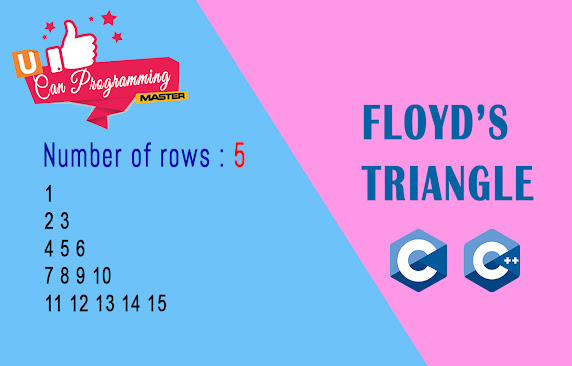TRAVELING SALESMAN USING BRANCH AND BOUND TECHNIQUE

The Traveling Salesman Problem (TSP) is a classic problem in computer science and optimization theory. The problem is defined as follows: given a set of cities and the distances between them, find the shortest possible path that visits each city exactly once and returns to the starting city. The Branch and Bound technique is an algorithmic paradigm for solving combinatorial optimization problems. The basic idea is to explore the search space by dividing it into smaller subproblems, and then pruning branches of the search tree that can be shown to lead to suboptimal solutions. The branch and bound algorithm for the TSP works by starting with an initial lower bound on the length of the optimal tour, and then exploring the search space by systematically building up partial tours and computing lower bounds on their completion. Sample C code for solving the Traveling Salesman Problem(TSP) using the branch and bound technique: #include <stdio.h> #include <stdlib.h> #include ...

